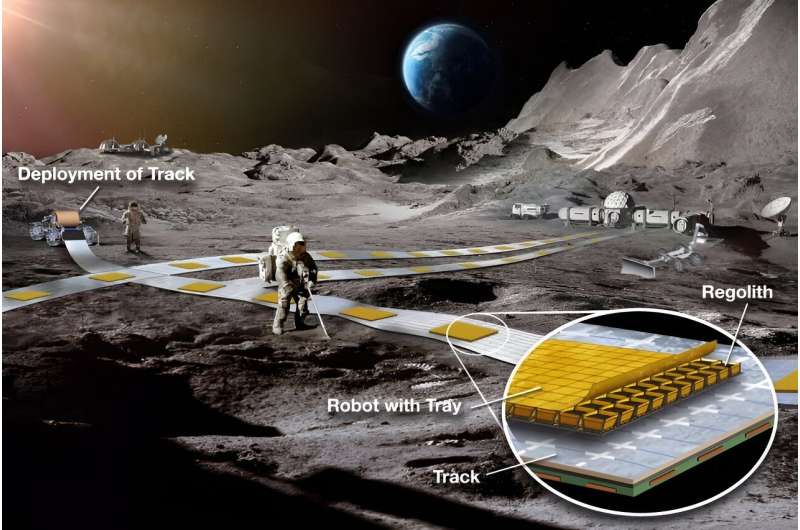skinny
Nigh
- Joined
- May 30, 2010
- Messages
- 8,793
Yeah right.Nuclear power is no more dangerous in space than being in space itself.
Nuclear anything anywhere requires a simple human error to go off and cause mayhem. Bad energy. Bad idea.
Yeah right.Nuclear power is no more dangerous in space than being in space itself.
A couple of hours ago, the Japanese firm Ispace reports that their lander is "presumed lost".A joint Japanese-Arab commercial moon adventure was to put a moon lander on the surface today .
Launched last December 11, the moon lander approached the moon surface never to be heard from again.
What happened ?
Not with the cheap shit they produce over therehina will take over the moon
Opinion is if someone does not go back to the moon, China will take over the moon.

Good story from BBC News here:
Moon base: Bangor scientists design fuel to live in space
https://www.bbc.co.uk/news/science-environment-67928687Artemis: Nasa delays crewed return to the Moon's surface
Published
9 hours ago
Share
Related Topics
Artemis
Orion journey
IMAGE SOURCE,NASA
Image caption,
Artemis I in 2022 demonstrated the rocket and capsule to get astronauts to the vicinity of the Moon
Jonathan Amos, Science correspondent
By Jonathan Amos
Science correspondent
@BBCAmos
US space agency astronauts won't get to walk on the Moon again until September 2026 at the earliest.
It represents a slip of a year in the previously targeted date for the return of humans to the lunar surface that was last achieved in 1972.
Nasa says the delay to what's known as its Artemis III mission will enable further technology development.
Fundamentally, the agency still doesn't have a craft to put astronauts on the Moon or spacesuits they can wear.
Announcing the delay, agency administrator Bill Nelson said safety drove all timing considerations. "We won't fly until we're ready," he told reporters.

Why not a windmill? We're always being told by the MSM that they're a better solution.

The blades power the coal furnace...The Solar Wind would turn the blades!
As long as it doesn't bloody change twice a year!NASA is working with 36 other countries to establish a standard moon time called coordinated lunar time.
NASA claims this is a must for anyone who would stay on the moon any length of moon stay.
The moon has to have its own time.
It doesn't have any farmers ... yet.
Earthshine?Won't be long before it's got hillbilly farmers making moonshine.
And green cheese.Won't be long before it's got hillbilly farmers making moonshine.
